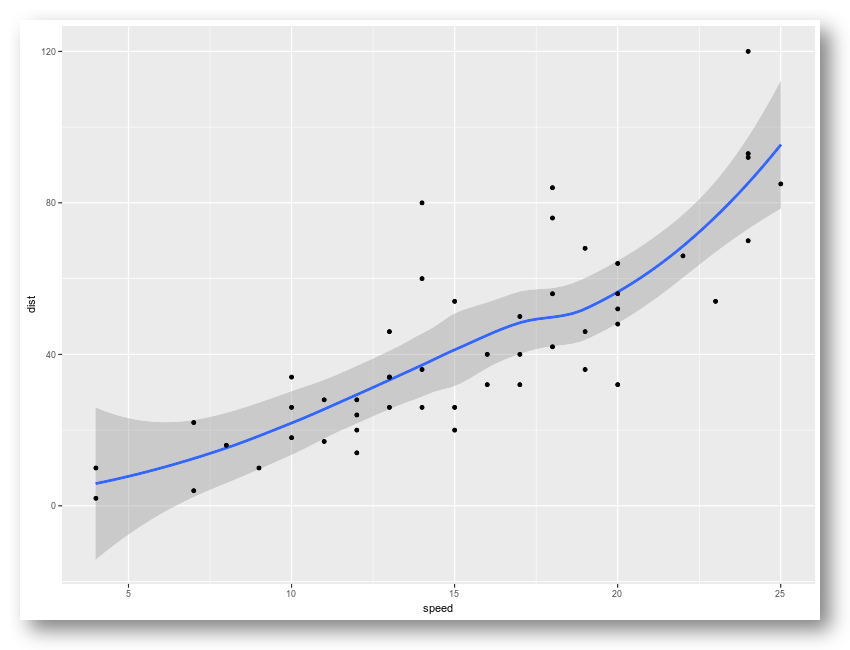
Image processing is one of the core focus areas of rOpenSci. Over the last few months we have released several major upgrades to core packages in our imaging suite, including magick, tesseract, and av. This post highlights a few cool new features.

Image processing is one of the core focus areas of rOpenSci. Over the last few months we have released several major upgrades to core packages in our imaging suite, including magick, tesseract, and av. This post highlights a few cool new features.

Last week Google and friends released the new major version of their OCR system: Tesseract 4. This release builds upon 2+ years of hard work and has completely overhauled the internal OCR engine. From the tesseract wiki: We have now also updated the R package tesseract to ship with the new Tesseract 4 on MacOS and Windows. It uses the new engine by default, and the results are extremely impressive!

In this new post, we’re taking a break from modern birding data in ourbirder’s series… let’s exploregorgeous drawings from a natural history collection!
Earlier this month we released a new version of the tesseract package to CRAN. This package provides R bindings to Google’s open source optical character recognition (OCR) engine Tesseract. Two major new features are support for HOCR and support for the upcoming Tesseract 4. hOCR output Support for HOCR output was requested by one of our users on Github.

Last week we released an update of the tesseract package to CRAN. This package provides R bindings to Google’s OCR library Tesseract. install.packages("tesseract") The new version ships with the latest libtesseract 3.05.01 on Windows and MacOS. Furthermore it includes enhancements for managing language data and using tesseract together with the magick package.
A few weeks ago we announced the first release of the tesseract package: a high quality OCR engine in R. We have now released an update with extra features. Installing Training Data As explained in the first post, the tesseract system is powered by language specific training data. By default only English training data is installed. Version 1.3 adds utilities to make it easier to install additional training data.

Optical character recognition (OCR) is the process of extracting written or typed text from images such as photos and scanned documents into machine-encoded text. The new rOpenSci package tesseract brings one of the best open-source OCR engines to R. This enables researchers or journalists, for example, to search and analyze vast numbers of documents that are only available in printed form.